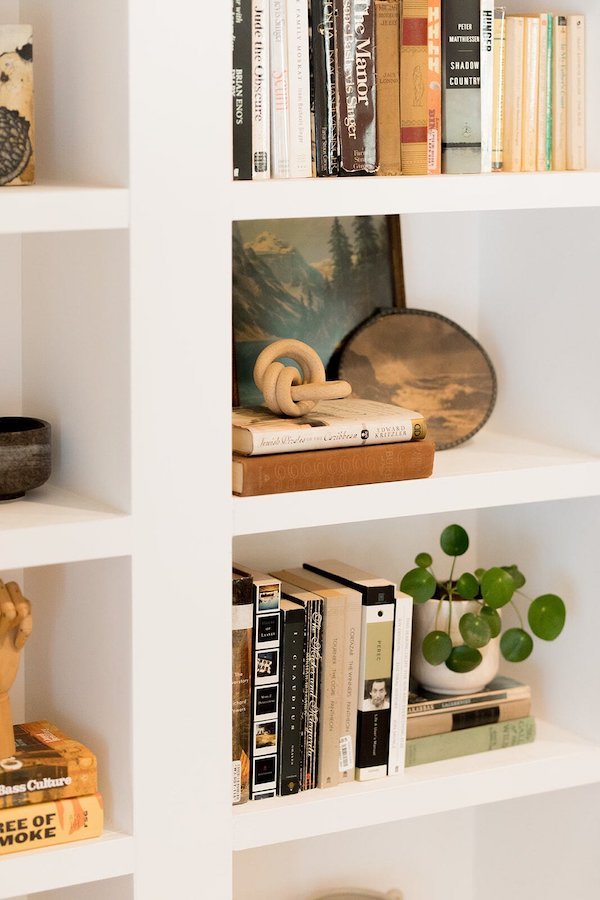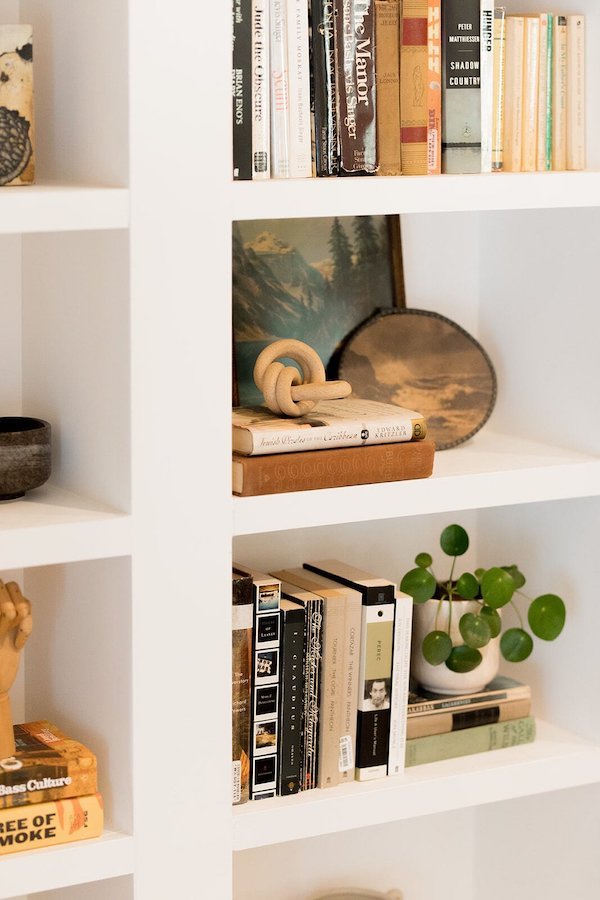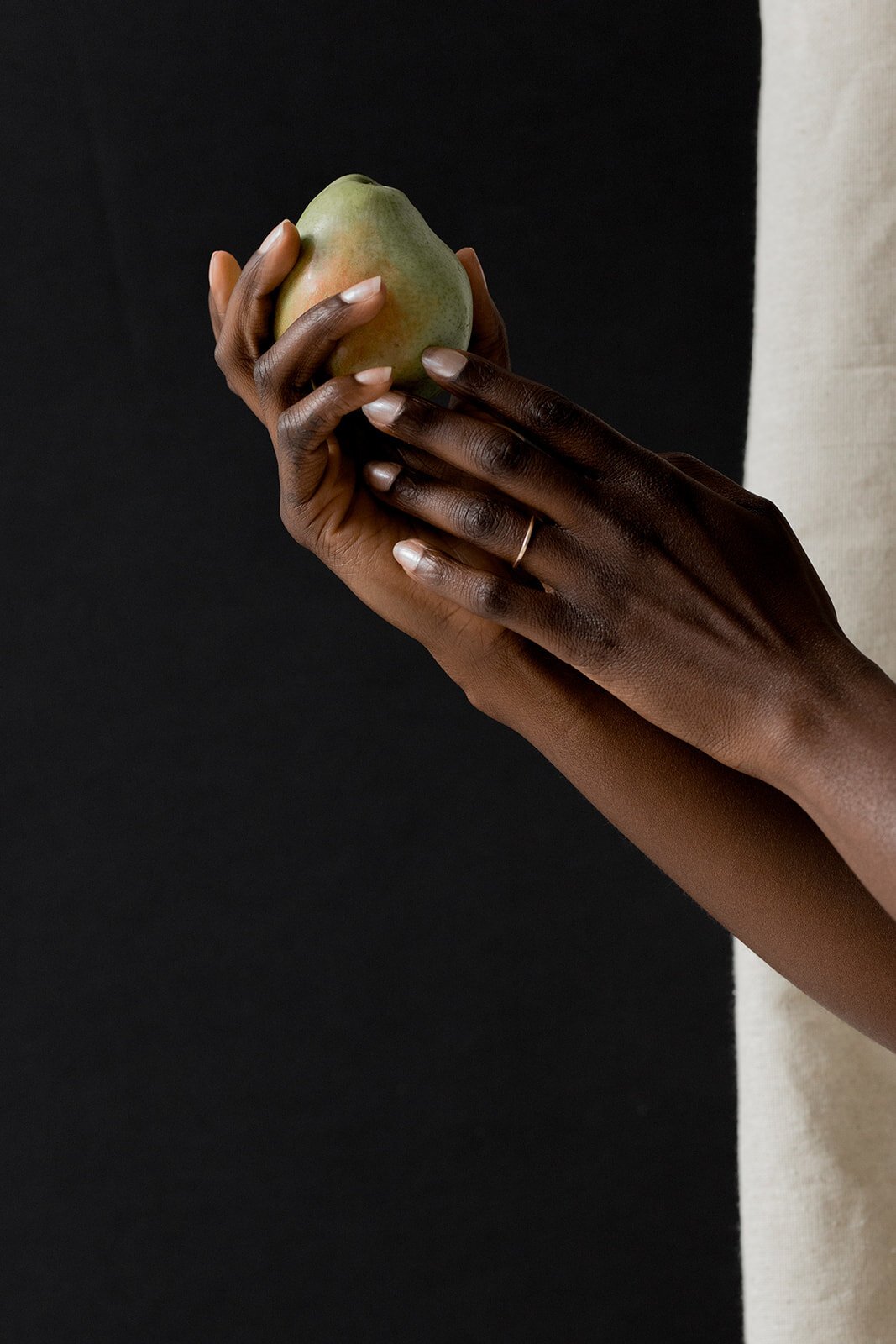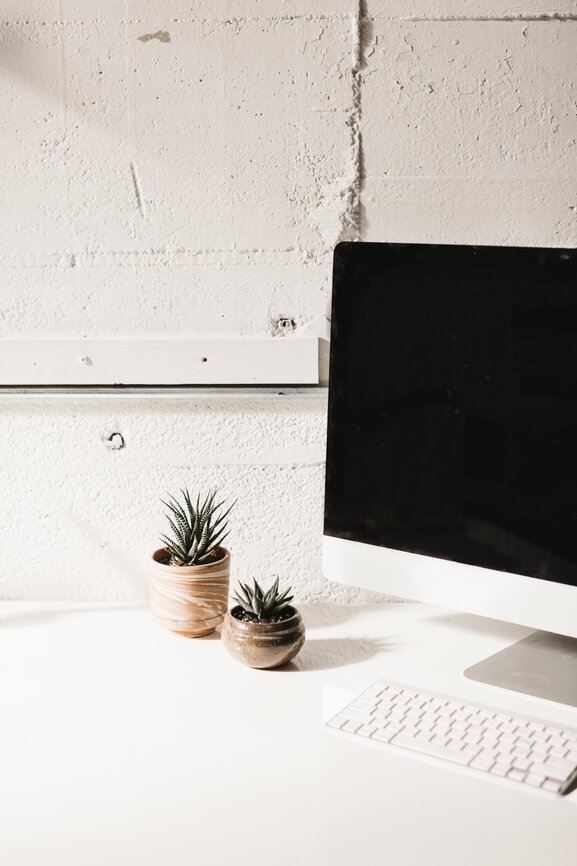
How To Read More Books (If You Want)
From The Experts Themselves
Cute but a bit contrived, my sister was always the reader and I was the writer. For years, gifts from family members further pushed those narratives: books for her, blank journals for me. She found corners, even in crowds, to turn pages—often reading more than one book at a time. Meanwhile, I wrote short stories made even shorter by my inability to craft satisfying endings.
As I’ve gotten older, however, my interest in reading has grown. I credit my lingering love of language and a genuine desire to both learn more and watch less television. But I still don’t feel as if it comes naturally to me. I buy books—ones recommended by friends, others by Reese Witherspoon—only to read them partially, our time together cut short by a change in my schedule or a simple loss of interest. They remain in my bookcase, gathering the dust of my good intentions to finish them some day. I eventually end up wincing when a friend sees them on my shelf, displayed like an undeserved award, and asks for my take on a particular title.
“Reading improves our vocabularies, reduces stress, increases our ability to empathize, and helps maintain our cognitive functioning as we age.”
Reading improves our vocabularies, reduces stress, increases our ability to empathize, and helps maintain our cognitive functioning as we age. That’s more than enough reason to do so regularly, so I’ve long wondered why I struggle to make it a habit. Have I not found my preferred genre yet? Am I only reading a book because everyone on Instagram appears to be? Does my bed—where I find myself shifting my weight, position, and posture with every chapter—not make for a great nook? I have instinctual answers in mind, but I decided to ask the experts instead.
Straight from industry authorities themselves—authors, editors, and CEOs—here are their tried-and-true tips for reading more.
Stop Forcing It. (No, Really.)
A few years ago, feeling encouraged by how much I’d loved Paulo Coehlo’s “The Alchemist” when I was younger, I bought another one of his novels after seeing it in a book shop in Aspen. I was drawn to its neon cover and swirly title font. But week after week, I’d pull it from my bedside table, compelled less by excitement and more by obligation. The book never fully grasped me and I felt increasingly guilty that I’d become disinterested in an author’s hard-earned achievement. (And not just any author, but a renowned one.)
I found myself granting Coelho the benefit of the doubt; he’s the expert, so surely he’d know better than I if the book’s ending is worth it. Who was I to assume otherwise? I also felt the need to justify the book’s purchase and placement in my home.
“Read the books you want to read and don’t sweat the ones you don’t.”
Kelly Jensen, editor at North America’s largest independent editorial book site, Book Riot, and author of “(Don’t) Call Me Crazy”, insists we stop wasting our time. “It’s okay to quit a book if you’re just not getting into it,” she says. “Too often we give ourselves stress about needing to finish everything we start because we heard it’s great, or it’s a book that won all of these awards, or it’s something we’ve spent money on. But those pressures only make you less interested in reading.”
And the less engaged we are, the less likely we are to make reading a habit, says Brianna Goodman, editorial director at subscription box service Book of the Month. “Reading’s not a chore,” she says. “And it’s hard to make something a hobby if it’s not enjoyable or rewarding. So read the books you want to read and don’t sweat the ones you don’t.”
A good rule of thumb? If we’re not enjoying our read by page 50—or even 25—Jensen suggests we ditch it and move on to something else: “You’ll be much happier and you’ll better learn what books really do work for you and which simply don’t.”
Rotate Your Reads
To Jensen’s point, discovering our favorite genre may take some time. I once read that to help determine our preference, we can first consider the movies we love. Are they rom-coms, mystery thrillers, coming-of-age stories? The answer can often lead us to the right aisle in a bookstore, too.
“To help determine our preference, we can first consider the movies we love… The answer can often lead us to the right aisle in a bookstore, too.”
Another way to prevent a reading slump is to engage in what some bibliophiles have playfully named book polygamy. “Don’t be afraid to read more than one book at a time,” says Natalia Santana-Pollard, editor-in-chief of the Feminist Book Club’s blog, a subscription box service for intersectional readers that sources solely from woman- and queer-owned businesses. “I rotate between two to five books and that gives me the option of picking up something else when I’m not vibing with what I’m reading.”
I’ve been hesitant about doing this. I always assumed that I’d forget or mix-up plot points and characters and end up having to re-read chapters over and over again, never finishing either book in a timely fashion. But in a (now-unavailable) video, Book Riot’s former executive director Amanda Nelson offers a game plan: pick one main book, make the second one an audio version (more on that below), have the third digitally on our phone, and a fourth by our bedside.
Learn That Audiobooks *Are* Books
Years ago, when tablets and e-readers first began to emerge, my sister—she with the literal wall-to-wall bookcase—remained unmoved by their appeal. She loved the tactile experience that came with a hard copy, from a textured cover to a page’s sturdy stock or deckled edge. I felt the same, and also enjoyed having one less screen to look at everyday.
I stayed resistant as audiobooks began to popularize too, mistakenly driven by the idea that the passive activity of listening wasn’t nearly as impressive as the physical act of reading. I’ve since humbly learned otherwise. (My first audiobook listen was comedian Jenny Slate’s self-narrated “Little Weirds.” And hearing the hilarious personal essays regaled in her singular squeak of a voice really upped the laugh-out-loud ante.)
“Yes, audiobooks count as reading, and anyone who says otherwise is clearly forgetting vision-impaired folks.”
“Yes, audiobooks count as reading,” says Renee M. Powers, founder and CEO of Feminist Book Club. “And anyone who says otherwise is clearly forgetting vision-impaired folks.” She suggests getting a library card, browsing its audiobook offerings, and downloading them to whatever device will allow us to take them wherever we go: “I always have an audiobook playing when I’m doing housework, walking my dog, crafting, or cooking.”
Much like book clubs, there are a number of audiobook platforms. Spotify’s new collection of exclusive recordings features Forest Whitaker reading “Narrative of the Life of Frederick Douglass, an American Slave,” Hilary Swank voicing Kate Chopin’s “The Awakening,” and more. LibriVox is a free service in which volunteers across the world read and record public domain texts. A membership with the Amazon-owned Audible grants us access to original content unavailable anywhere else. And Libro.fm—a personal favorite of Powers’s—allows us to support a bookstore of our choice with our purchases. “My subscription supports queer woman-owned bookstore The Irreverent Bookworm in Minneapolis and it’s been a game-changer for my reading,” she says.
[If you’re looking to (safely) satisfy your travel bug sometime soon with a road trip, we’ve also rounded up the best audiobooks for car travel.]
Just Join The Damn Book Club
As a shy person, the idea of joining a book club has always made me anxious. My voice shakes when I present to a crowd. And being part of a team—one that’s relying on me, watching me—can sometimes make me feel more embarrassed than relieved. (This is why I avoid bowling 😂.)
But not all book clubs are the scary seance I’ve absurdly envisioned in my mind. We can join them virtually. We can start ones with friends instead of strangers. We can ultimately take control of the titles we read, when, and with whom.
“We can join book clubs virtually. We can start ones with friends instead of strangers. We can ultimately take control of the titles we read, when, and with whom.”
Powers just encourages us to try. “Not only will joining a book club introduce you to a wide variety of books, [but] it will also hold you accountable for finishing them,” she says. “There’s nothing better than meeting up (virtually or safely distanced!) to chat about the characters you loved and hated or the plot twists no one saw coming.”
Powers suggests checking to see if our local bookstores or libraries offer a book club. If not, we’re still spoiled for choice as everyone from Oprah to author Roxane Gay to independent Chicago artist (and Chance the Rapper collaborator) Noname has launched their own.
And if a “club” isn’t our style, we can still pick one accountability partner as opposed to a bunch. A friend of mine recently asked if I’d be her book buddy as we’re both currently reading Barack Obama’s “A Promised Land.” We implemented no timeline nor deadline, are reading at our own respective paces, and text each other every so often with our thoughts but without spoilers. It feels casual, freeing, and unburdened by pressure—the exact kind of atmosphere a pleasurable pastime should have.
(If you’re looking to join a book club from your couch, we’ve rounded up our favorite subscription boxes.)
Embrace The Art of Anytime
The loose boundaries within which my book-buddy system operates are similar to how Goodman herself makes space to read. “I don’t set strict time or page count goals because every day is different and I want it to be sustainable,” she says. Before even checking her phone, Goodman makes a point to read a few pages of her book in the morning and then again right before bed. She calls this suggestion “bookending our days”—no pun intended 😉—and adds, “The act of setting aside even just a few minutes on either end of the day has become so automatic that now I can’t imagine not doing it.”
“Embrace reading anytime, anywhere, by never leaving the house without a book.”
Alternatively, if even that feels like too much of a strict schedule for us, Goodman says we can instead embrace reading anytime, anywhere, by never leaving the house without a book. She suggests that when we feel tempted to scroll our phones, whether while waiting for the subway or, say, in line for a COVID test (fingers crossed we’re okay!), we can simply open a book instead: “My family makes fun of me because I won’t even go to the grocery store without one in my bag, but I swear I’ve read more books because of it.”
Reading isn’t just good for us, it should feel good to us. Meaning it should be unburdened by self-imposed pressures, Instagram algorithms, or stiff time constraints. If you’re interested in burying yourself in more books—and truly only if you’re interested in it—make the small changes, whether they be through community or even commuting, that feel most comfortable to you.
Danielle Cheesman is the Partnerships Lead at The Good Trade. Though born and raised in New Jersey, she’s now based in Los Angeles where you can find her taking pictures, making playlists, or cuddling her pup. Say hi on Instagram!




